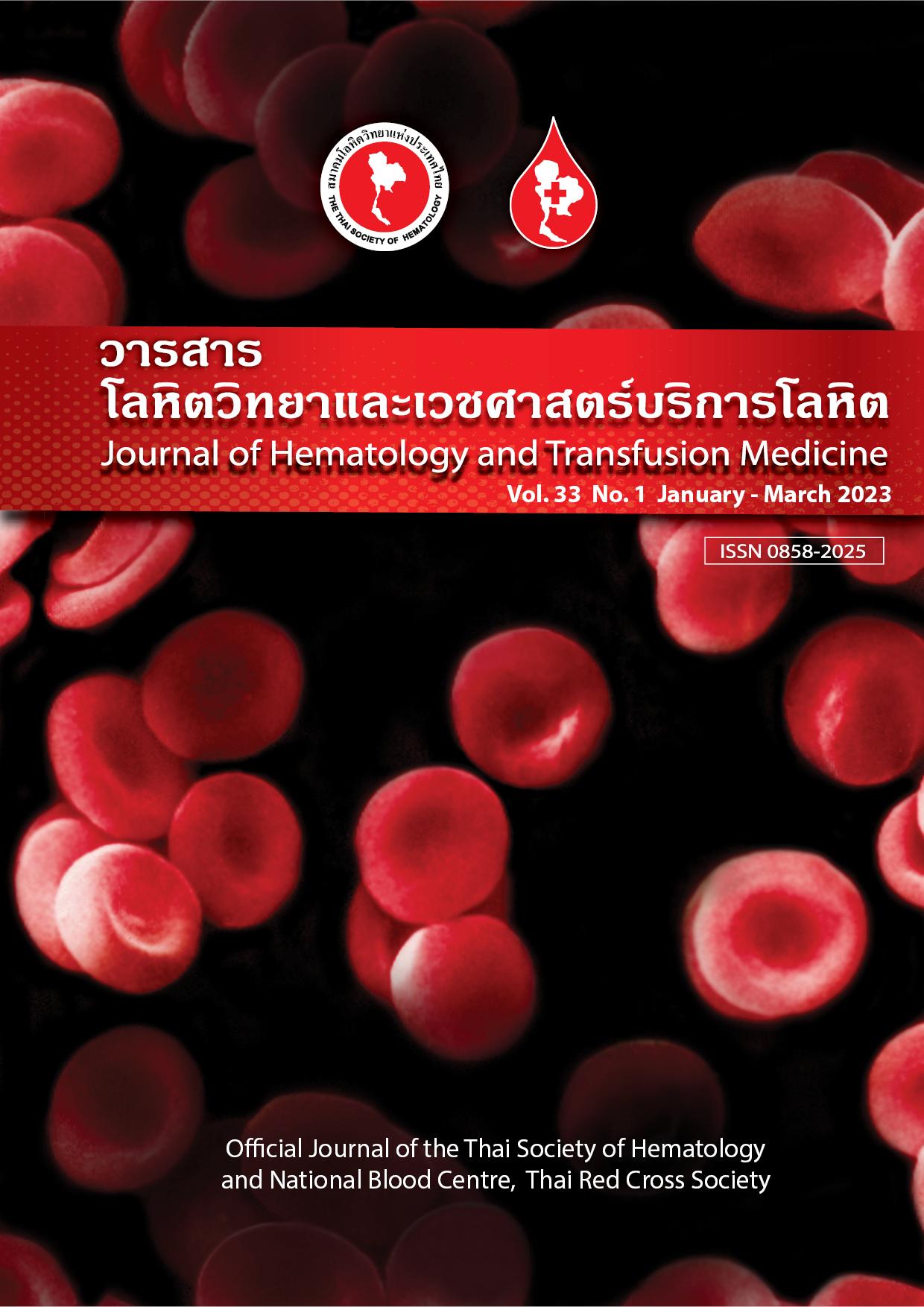Fungal infection in an immunocompetent host presenting a perioral mass
Keywords:
Entomophthoromycosis, Deep fungal infection, Discoid subcutaneous mass, ZygomycotaAbstract
Fungal infection is less common among children, but usually constitutes an opportunistic infection among immunocompromised hosts. However, some rare fungal infections can also occur among immunocompetent hosts. Entomophthoromycosis caused by fungus in the phylum Zygomycota, is a rare disease among immunocompetent hosts. Herein, we described 1 case of a 1-year-old girl presenting a perioral mass for three months. The mass was not tender and did not improve after treatment with empiric antibiotics. Initial laboratory investigations were within normal limits. MRI of paranasal sinus revealed a mass of 1.8 x 5.4 x 3.8 cm. In addition, a tissue biopsy was performed, in which the tissue histopathology revealed mixed inflammatory cells with nonseptate hyphae surrounded by eosinophils. This finding was consistent with the Splendore-Hoeppli reaction. Although tissue culture for fungus was negative, the patient was treated with itraconazole and complete response was observed within 7 months. This case report described a diagnosis of Entomophthoromycosis from tissue histopathology and a good response observed after treating with antifungal agents.
Downloads
References
Sackey A, Ghartey N, Gyasi R. Subcutaneous basidiobolomycosis: a case report. Ghana Med J. 2017;51:43-6.
Shaikh N, Hussain KA, Petraitiene R, Schuetz AN, Walsh TJ. Entomophthoramycosis: a neglected tropical mycosis. Clin Microbiol Infect. 2016;22:688-94.
Takia L, Jat KR, Singh A, Priya MP, Seth R, Meena JP, et al. Entomophthoromycosis in a child: delayed diagnosis and extensive involvement. Indian J Pathol Microbiol. 2020;63:648-50.
Raveethiran V, Mangayarkarasi V, Kousalya M, Viswanathan P, Dhanalakshmi M, Anandi V, et al. Subcutaneous entomophthoromycosis mimicking soft-tissue sarcoma in children. J Pediatr Surg. 2015;50:1150-5.
Hussein MR. Mucocutaneous Splendore-Hoeppli phenomenon. J Cutan Pathol. 2008;35:979-88.
Raja R, Nair S, Katchabeswaran R, Venkatakarthikeyan C. Entomophthoromycosis presenting as a nasal mass. Indian J Otolaryngol Head Neck Surg. 2021;74:1207-9.
Downloads
Published
Issue
Section
License
Copyright (c) 2023 Journal of Hematology and Transfusion Medicine

This work is licensed under a Creative Commons Attribution-NonCommercial-NoDerivatives 4.0 International License.



